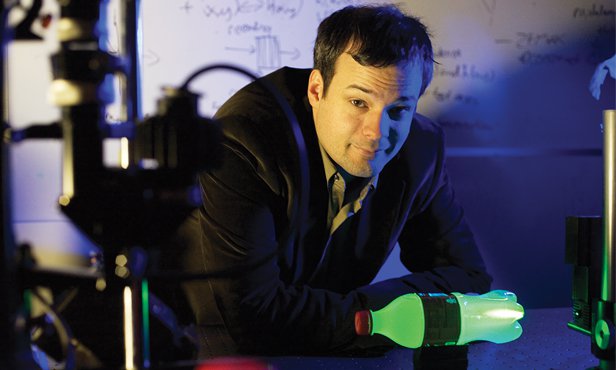Computer & electronics hardware
Andreas Velten
Spotting tiny problems with help from an ultrafast camera
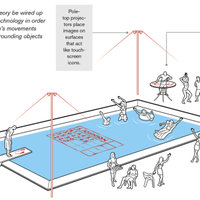
Global
Chris Harrison
Liberating us from the touch screen by turning skin and objects into input devices
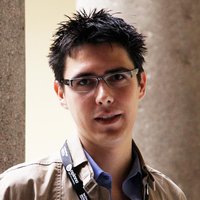
Latin America
Jordi Muñoz Bardales
Open source technology for low-cost aerial robots
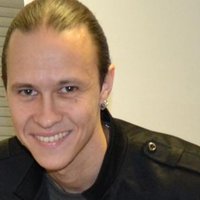
Europe
David Gascón
Smart sensors for transferring information from the real world to the cloud
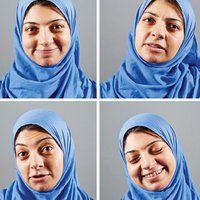
Global
Rana el Kaliouby
Teaching devices to tell a frown from a smile
